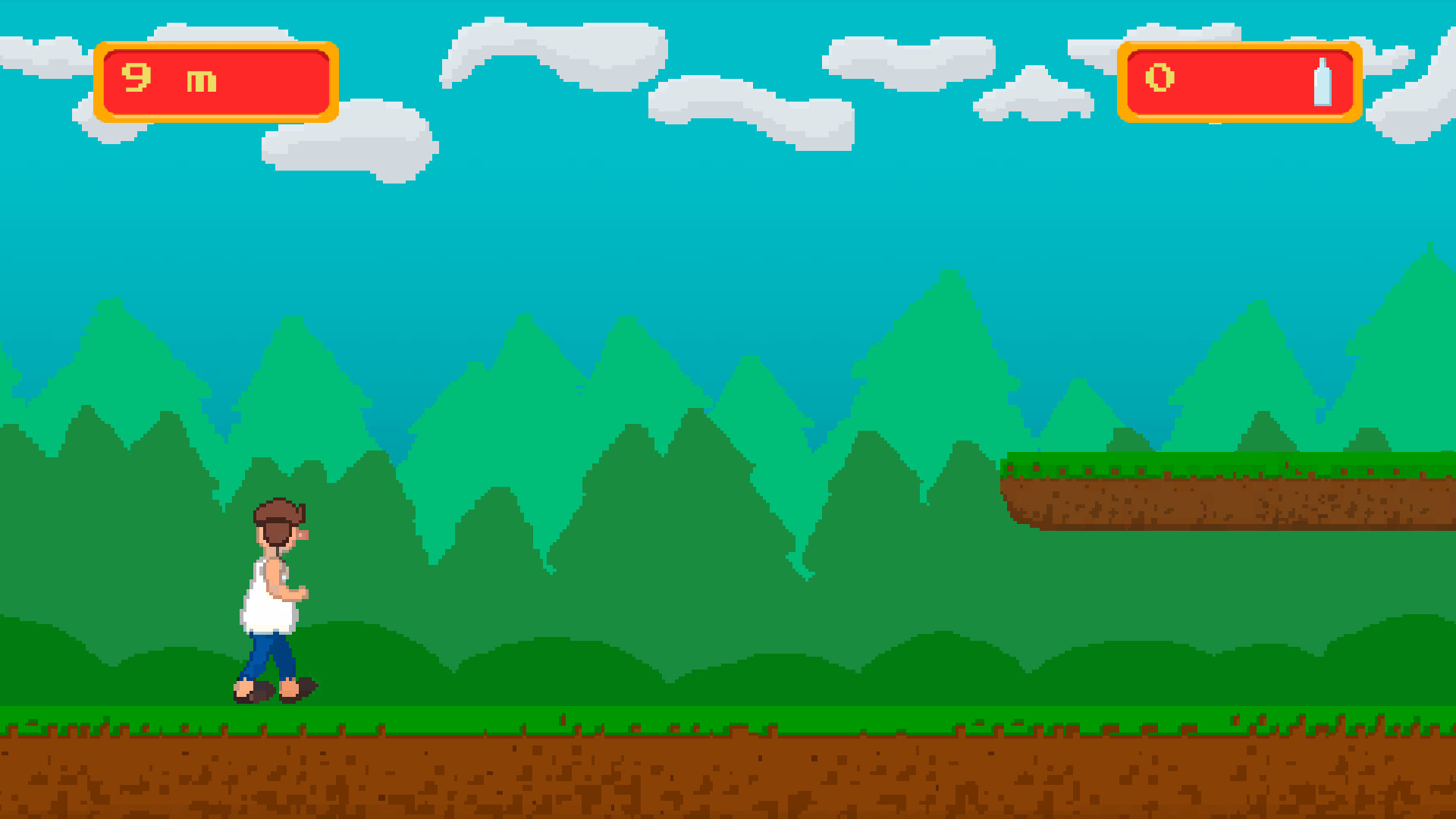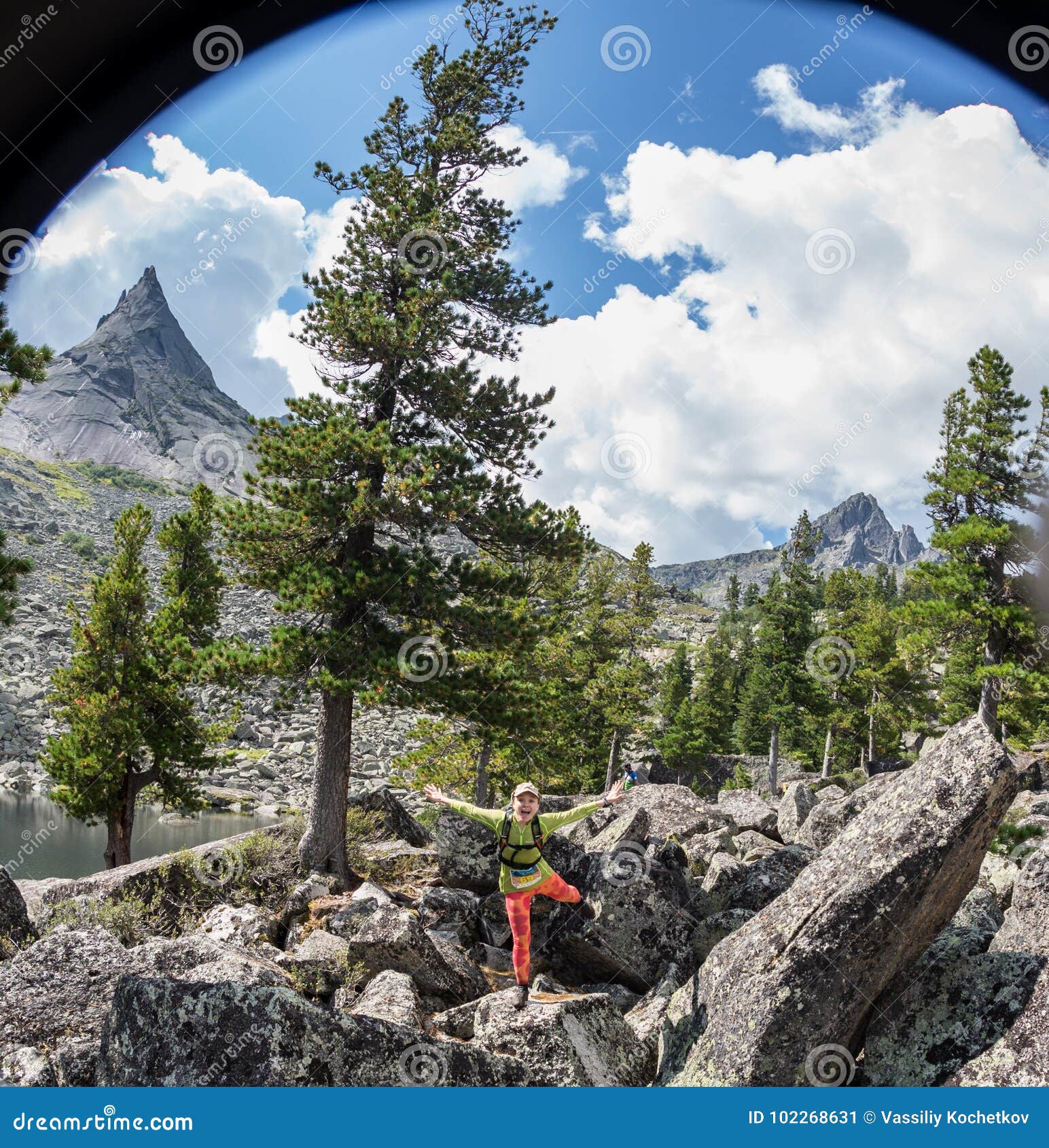MOSCOW — In Russian authorities’ latest crackdown this week on Kremlin critics, opposition leader Alexei Navalny’s Anti-Corruption Foundation office was raided Thursday, just days after one of his. 2020 - 2021 Races held in Russia The calendar regroups all kinds of activities (Running, Walking, Nordic Walking, Vertical Races, Obstacle races, Dog runs, Multiday events.). If you have run or know a race that isn't yet on ahotu Marathons, please let us know about it. For example, Ecuador has absorbed up to 300,000 refugees from Colombia who are running from guerrillas, paramilitaries and drug lords. While some applied for asylum, others are still illegal immigrants. The drugs that pass from Colombia through Ecuador to other parts of South America create economic and social problems. Full list of all 4096 Running Through Russia achievements. It takes around 1-2 hours to unlock all of the achievements on Windows.
Running Through Russia Cracked

The government of Russia is a federal semi-presidential republic, according to the 1993 Constitution. Under a semi-presidential structure the President, and the Prime Minister share governing responsibilities as the head of state and head of government, respectively. The President does, however, hold more power. Multiple political parties are represented throughout the government and its administration. Three branches share the responsibilities of running the country: the executive branch, the legislative branch, and the judicial branch.
What is the Role Of the President Of Russia?
The President of Russia acts as the head of the executive branch of the Russian Government and is elected by the general population to serve a 6-year term. This office is limited to two consecutive terms. The President is heavily involved in both the domestic and foreign policies of the country. This includes appointing foreign ambassadors, participating in international discussions, and signing international treaties and agreements. Additionally, this official is Commander-in-Chief of the military and has the power to veto any laws or policies set forth by the legislative branch. The President of Russia also has the ability to establish laws without review or approval by other governmental bodies. This power is beyond what a President typically has under this type of governmental systems.
Running Through Russia Cracks


The Role of the Executive Branch of the Government of Russia
Under direction from the President is the remainder of the executive branch. This branch consists of the Cabinet, which is also referred to as the Government. Its members include the Prime Minister, deputy prime ministers, and federal ministers. The federal ministers carry out the duties of ministries and departments. The President nominates both the Parliament as well as the Prime Minister, the legislative branch, must approve the nomination. After this, the Prime Minister then nominates deputy prime ministers and federal ministers. The executive branch is responsible for administering laws created by the legislative branch and the President.
The Role of the Legislative Branch Of the Government Of Russia
The legislative branch of Russian government has two branches: the 166 member Federation Council and the 450 member State Duma. The Federation Council represents the matters of the federal subjects of Russia, the political divisions of the country. The Council works to pass legislation by voting on policies and regulations that the State Duma has approved. Decisions on laws require at least a 51% vote. For constitutional amendments, however, a 75% vote is required. The State Duma has the power to overrule a veto from the Federation Council. The Duma is the first parliamentary body to receive and decide on new law proposals. In addition, the State Duma approves the presidential appointment of Prime Minister and reviews annual reports from the executive branch of government.
The Role of the Judicial Branch Of the Government Of Russia
The judicial branch ensures that the laws of Russia are upheld. It is separated into 3 kinds of courts: general jurisdiction, arbitration, and constitutional. General jurisdiction courts consist of municipal courts at the lowest level, regional courts at the middle level, and the Supreme Court at the highest level. These courts oversee criminal and civil cases. Arbitration courts are responsible for issues of property and commercial disputes. The highest level of this type of judicial body is the Supreme Court of Arbitration. These judges of the Constitutional Court have the power to interpret laws and presidential decrees and overturn any that they consider unconstitutional. The President recommends nominees for judges of the highest courts and the Federation Council decides on and appoints these nominations.
The new European data protection law requires us to inform you of the following before you use our website:
We use cookies and other technologies to customize your experience, perform analytics and deliver personalized advertising on our sites, apps and newsletters and across the Internet based on your interests. By clicking “I agree” below, you consent to the use by us and our third-party partners of cookies and data gathered from your use of our platforms. See our Privacy Policy and Third Party Partners to learn more about the use of data and your rights. You also agree to our Terms of Service.




